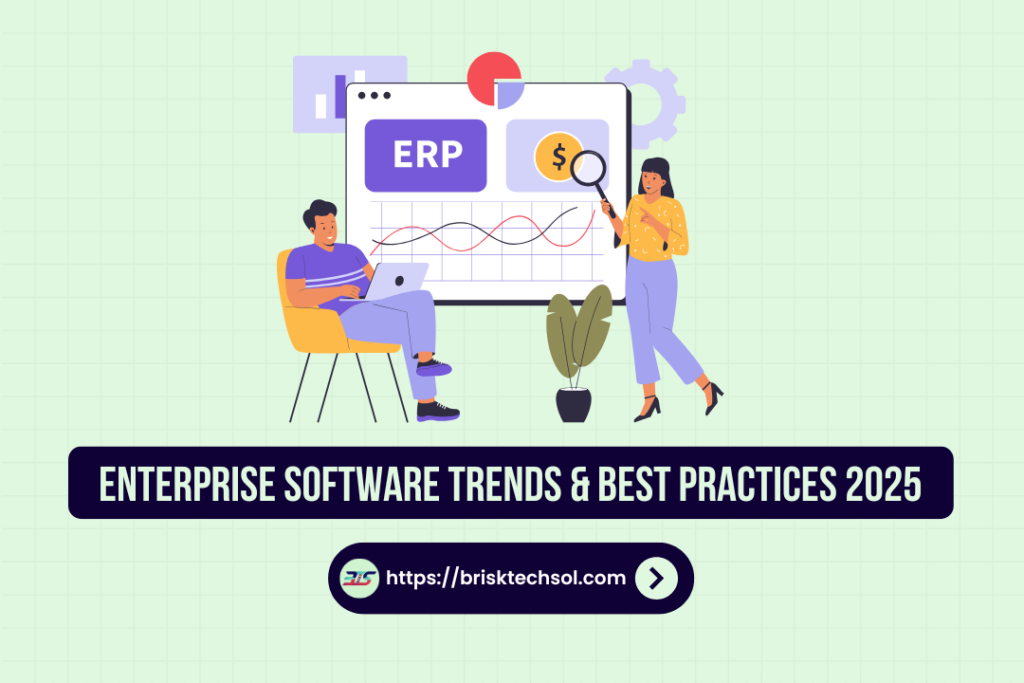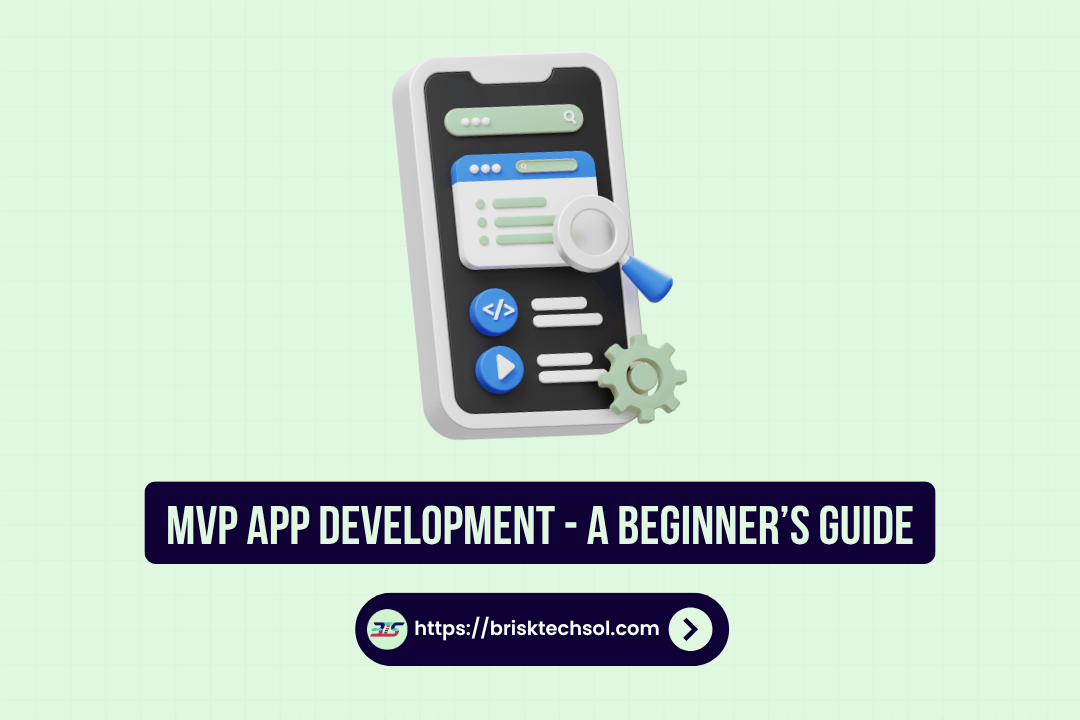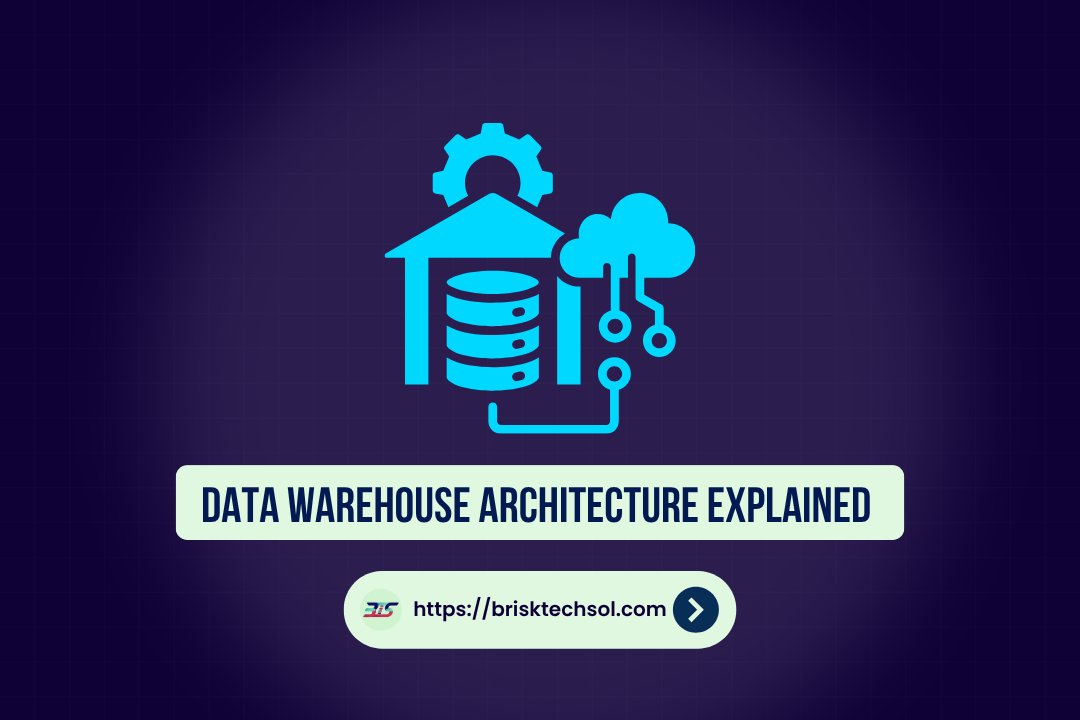Enterprise software is the backbone of modern business operations, driving efficiency and innovation across organizations. As technology evolves, so do the solutions that empower enterprises to manage resources, streamline processes, and harness data. In this comprehensive guide, we explore current trends, benefits, challenges, and best practices for successfully deploying and integrating enterprise software.
Top Enterprise Software Solutions
Enterprise software encompasses a variety of applications designed to cater to different business needs. The primary categories include ERP, CRM, Supply Chain Management (SCM), and Business Intelligence (BI) systems. Each category addresses unique aspects of business operations while collectively contributing to the digital transformation of enterprises.
Overview of Leading Enterprise Solutions
Enterprise Resource Planning (ERP):
ERP systems integrate core business functions such as finance, human resources, manufacturing, and supply chain management into a single, cohesive platform. Modern ERP solutions, especially those delivered via the cloud, provide scalability and flexibility that traditional systems lack. They allow organizations to streamline processes, reduce redundancies, and ensure data consistency across departments.
Customer Relationship Management (CRM):
CRM software is designed to manage all aspects of customer interactions. It helps organizations track leads, manage sales pipelines, and enhance customer service. Modern CRM platforms often incorporate AI and machine learning to provide predictive insights, enabling businesses to tailor marketing efforts and improve customer retention.
Supply Chain Management (SCM):
SCM systems optimize the end-to-end supply chain, from procurement to product delivery. They facilitate real-time tracking, inventory management, and vendor coordination. With enhanced data analytics, SCM solutions help businesses predict demand, reduce delays, and maintain transparency throughout the supply chain.
Business Intelligence (BI):
BI tools convert raw data into actionable insights through dashboards, reporting, and advanced analytics. They empower decision-makers with real-time information, enabling proactive strategy adjustments and improved operational efficiency. As data volumes continue to surge, the importance of BI in guiding strategic initiatives grows exponentially.
Integration of Cloud Computing and SaaS
One of the most transformative trends in enterprise software is the integration of cloud computing. Cloud-based solutions offer several advantages over traditional on-premise systems, including lower upfront costs, greater scalability, and simplified maintenance. Software as a Service (SaaS) models further democratize access to advanced technology by allowing even small to medium-sized enterprises to leverage enterprise-level software without the need for significant IT infrastructure investments.
Cloud computing also enhances interoperability. Enterprises can integrate multiple cloud-based systems to create a unified digital ecosystem, resulting in improved data flow and collaboration across business functions. This integration has been critical in breaking down silos, enabling more cohesive operations and enhanced decision-making.
Emerging Trends and Market Forecasts
Emerging technologies are reshaping the landscape of enterprise software. AI and machine learning are increasingly embedded in applications to automate processes, analyze vast datasets, and offer predictive insights. These technologies are pivotal in driving efficiency, reducing operational risks, and providing personalized user experiences.
Another noteworthy trend is the growing adoption of blockchain technology. Initially popularized by the financial sector, blockchain is now being explored for its potential to enhance security and transparency in enterprise applications. Its ability to create immutable records is particularly valuable for industries requiring rigorous data integrity, such as healthcare and supply chain management.
Mobile-first solutions are also gaining traction. As the workforce becomes more mobile and geographically dispersed, the demand for enterprise software that works seamlessly across all devices continues to rise. Mobile applications enable employees to access critical data, collaborate in real-time, and make informed decisions regardless of their location.
Below is a quick comparison table summarizing key enterprise software categories:
| Software Category | Key Features | Current Market Trend |
|---|---|---|
| ERP | Integrated resource management | Migration to cloud-based systems |
| CRM | Customer data and interaction tracking | AI-driven customer insights |
| SCM | Supply chain optimization | Real-time tracking and transparency |
| BI | Advanced analytics and reporting | Predictive analytics and big data |
These trends highlight a clear movement toward more flexible, secure, and intelligent systems. As enterprises strive to remain competitive, they are increasingly looking to adopt technologies that not only streamline operations but also provide strategic insights that drive innovation and growth.
Benefits and Challenges of Implementing Enterprise Software
Implementing enterprise software can yield transformative benefits for organizations while also presenting a set of challenges that must be carefully managed.
Key Benefits
Improved Operational Efficiency:
By automating routine tasks and integrating disparate systems, enterprise software eliminates redundancies and reduces the margin for error. This leads to faster turnaround times and streamlined workflows, ultimately enhancing overall productivity. Studies have shown that companies implementing advanced enterprise solutions can experience up to a 30% increase in operational efficiency.
Scalability:
Modern enterprise systems are designed to grow with your business. Whether you’re expanding into new markets or increasing production, these solutions can handle increased transaction volumes and data loads without requiring a complete overhaul. This scalability is critical in today’s fast-paced business environment.
Enhanced Data Security:
With cyber threats becoming increasingly sophisticated, data security is a top priority. Enterprise software incorporates advanced security protocols and compliance measures to protect sensitive business information. From encrypted data transmission to multi-factor authentication, these systems are built to safeguard your digital assets.
Data-Driven Decision-Making:
Enterprise software provides robust analytics tools that turn raw data into actionable insights. Real-time dashboards, reporting capabilities, and predictive analytics empower managers to make informed decisions quickly. This data-driven approach can lead to improved strategic planning, better resource allocation, and ultimately, a stronger competitive position.
Challenges to Consider
High Initial Costs:
One of the primary challenges in implementing enterprise software is the significant initial investment required. Organizations must not only purchase the software but also invest in supporting infrastructure, staff training, and sometimes even process re-engineering. These costs can be prohibitive, particularly for smaller organizations or those with limited budgets.
Integration Complexities:
Integrating new enterprise software with existing legacy systems can be complex and time-consuming. Ensuring seamless data flow between old and new systems often requires specialized middleware or custom integration solutions. Any misalignment between systems can delay the realization of expected benefits and impact overall ROI.
Employee Training and Change Management:
New technology always brings a learning curve. Employees accustomed to legacy systems may resist change, making comprehensive training and change management essential. Without proper guidance and support, user adoption can lag, diminishing the potential benefits of the new system.
Security Vulnerabilities:
While modern systems are built with security in mind, any implementation misstep can introduce vulnerabilities. A poorly executed integration or inadequate configuration may expose the system to cyber threats. Continuous monitoring, regular updates, and proactive risk management are vital to maintaining a secure environment.
A recent industry study highlighted that while many companies see significant gains in operational efficiency after deploying enterprise software, nearly 40% face challenges related to integration and user adaptation. This underscores the importance of a well-planned implementation strategy that addresses both technical and human factors.
By understanding these benefits and challenges, organizations can better prepare for the complexities of deployment and optimize their investment in enterprise technology. The key is to balance the promise of increased efficiency and innovation with the practical realities of integration, training, and ongoing maintenance.
Best Practices for Enterprise Software Deployment and Integration
Successfully deploying enterprise software requires a strategic, well-structured approach that addresses planning, execution, and continuous improvement. The following best practices can help ensure a smooth transition and long-term success.
Strategic Planning and Vendor Selection
Needs Assessment:
Before implementation, conduct a comprehensive assessment of your organization’s needs. Identify the specific operational challenges you face and determine how enterprise software can address them. This analysis should involve stakeholders from all relevant departments to ensure a holistic view of the requirements.
Roadmap Development:
Develop a detailed roadmap that outlines clear milestones, timelines, and key performance indicators (KPIs). This roadmap will serve as a guide for the entire implementation process and help measure success at various stages.
Vendor Evaluation:
Select a vendor with a proven track record in your industry. Evaluate their experience, support services, and the scalability of their solutions. The right vendor should offer customizable options that align with your organization’s unique needs and growth plans.
Agile Deployment and Integration Techniques
Phased Rollout:
Instead of a big-bang implementation, adopt an agile, phased rollout approach. Deploy the software in stages, starting with a pilot program that allows for testing and feedback. This incremental approach minimizes risk and facilitates a smoother transition.
System Integration:
Ensure that the new enterprise software integrates seamlessly with existing legacy systems. Utilize middleware solutions if needed to bridge compatibility gaps. A well-integrated system ensures uninterrupted data flow and supports efficient business operations.
Iterative Feedback:
Encourage continuous feedback from users during the deployment process. Use this feedback to make iterative improvements, addressing any issues before they become major obstacles.
Employee Training and Change Management
Comprehensive Training:
Invest in extensive training programs to familiarize employees with the new system. Use a mix of hands-on sessions, online tutorials, and workshops to accommodate different learning styles. Well-trained employees are key to maximizing the benefits of the new software.
Change Management:
Establish a dedicated change management team to guide the transition. This team should communicate the benefits of the new system clearly and address any resistance to change. Consistent and transparent communication will help build user confidence and facilitate smooth adoption.
Post-Deployment Support and Continuous Improvement
Dedicated Support:
After deployment, set up a dedicated support team to address technical issues and user queries. Regular system audits and performance reviews should be conducted to ensure that the software continues to meet your organization’s evolving needs.
Ongoing Improvement:
Gather and analyze user feedback continuously. Use this information to implement periodic updates and improvements, ensuring that the software remains efficient and aligned with business goals.
Below is a table summarizing these best practices and their potential impact:
| Best Practice | Implementation Impact | Example Outcome |
|---|---|---|
| Strategic Planning | Clear project roadmap | 20% reduction in deployment time |
| Vendor Selection | Better technology fit | Higher system compatibility and support |
| Agile Deployment | Reduced risks, faster iterations | 30% improvement in efficiency |
| Continuous Training | Increased user adoption | Lower error rates, higher satisfaction |
By adhering to these best practices, organizations can overcome common implementation challenges and fully leverage the transformative power of enterprise software. A strategic approach that emphasizes planning, integration, training, and support will not only streamline deployment but also maximize long-term ROI.
Conclusion
Enterprise software is crucial to modern business success, improving efficiency, scalability, and data-driven decision-making. As technology continues to grow, organizations must stay informed about emerging trends and best practices for successful implementation. By adopting the right strategies and continuously optimizing their systems, businesses can leverage enterprise software to maintain a competitive edge and drive growth
FAQ’S
Q1: What are the latest trends in enterprise software?
A1: Trends include cloud-based solutions, AI integration, advanced analytics, blockchain for enhanced security, and mobile-first applications.
Q2: How does cloud computing benefit enterprise software?
A2: It provides scalability, cost efficiency, and rapid deployment, enabling seamless integration across multiple systems.
Q3: Why is AI essential in enterprise applications?
A3: AI automates processes, enhances data analysis, and delivers predictive insights, empowering smarter decision-making.
Q4: What challenges arise during implementation?
A4: Challenges include high initial costs, integration complexities, employee training, and potential security vulnerabilities.
Q5: How can companies ensure successful deployment?
A5: Through strategic planning, agile deployment, comprehensive training, and continuous support and improvement.









